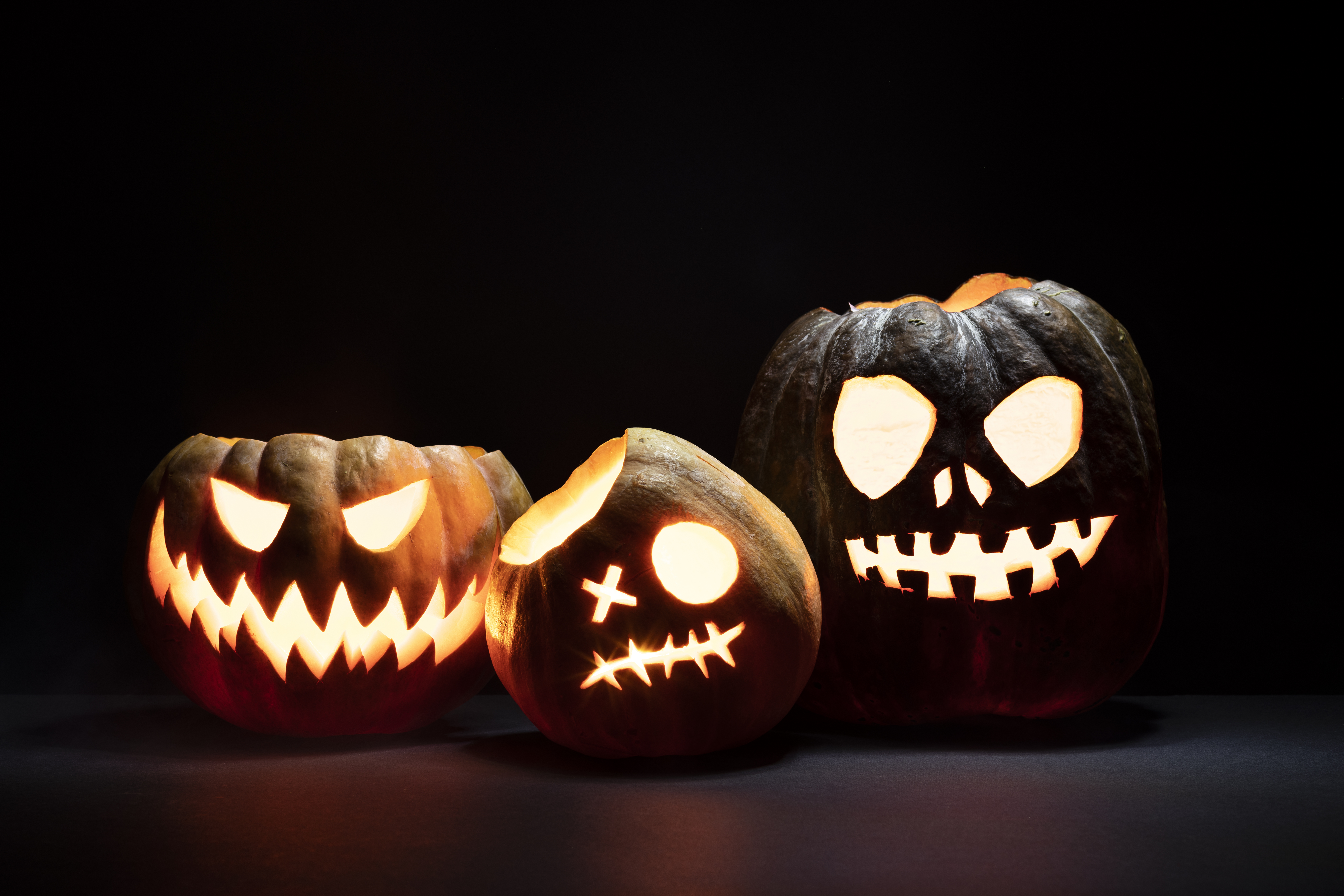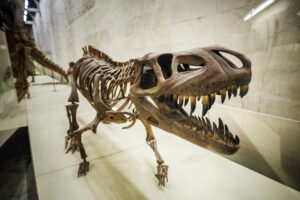Although Halloween celebrations are often seemingly secular, marked by costumes, sweets and parties with no explicit religious rituals, the vast majority of halachic authorities have ruled that celebrating Halloween is forbidden.
The crux of the matter lies in the Torah’s prohibition against following non-Jewish customs and rituals, known as Chukas Akum (Vaikra 18:3). The Rishonim debated the scope of this injunction:
Tosfos (Avodah Zara 11a) categorized prohibited activities into two groups: those linked to idolatry and paganism, and those deemed purposeless or irrational. Alternatively Rabbenu Nissim of Gerona (ibid.) and Rabbi Yosef Colon Trabotto (Maharik Siman 58) argued that only practices associated with idolatry and paganism fall under this prohibition.
Rabbi Moshe Isserles (Y”D Siman 178), while aligning with the latter view, also cautioned against inexplicable practices that might have idolatrous roots.
Halloween’s pagan origins are undeniable. The Celts believed that on October 31st, the last day of their calendar, the souls of the deceased would appear to cause mischief. They called this day “Samhain,” during which Druids would light bonfires, and people wore costumes made of animal heads and hides to protect themselves from evil spirits. After the Romans conquered the Celtic lands in 43 CE, they decided to combine “Feralia,” the Roman holiday of the dead, with the Celtic “Samhain.”
Christianity, which had spread throughout the Celtic lands by the 8th century, attempted vigorously to combat paganism. To supplant the Celtic and Roman holidays of “Samhain” and “Feralia,” November 1st was declared “All Saints Day,” also known as “All Hallows Day,” and the night from October 31st to November 1st became known as “All Hallows Eve.” The name “Halloween” derives from this designation.
The holiday’s journey to America came with Irish immigrants in the 19th century, where it gradually shed much of its religious significance and became the secular celebration we know today. Yet, its customs remain rooted in ancient practices:
– Costumes harken back to the Celtic tradition of wearing disguises to ward off malevolent spirits.
– “Trick or Treat” evolved from the medieval practice of distributing “soul cakes” to the poor during All Saints’ Day festivities.
Given this historical context, the vast majority halachic authorities advise against active participation in Halloween celebrations. However, they generally permit – and sometimes encourage – giving treats to children who come knocking, viewing it as a gesture of goodwill that can prevent potential antisemitism or vandalism (based on the halachic lenience of Eivah and Darkei Shalom)




